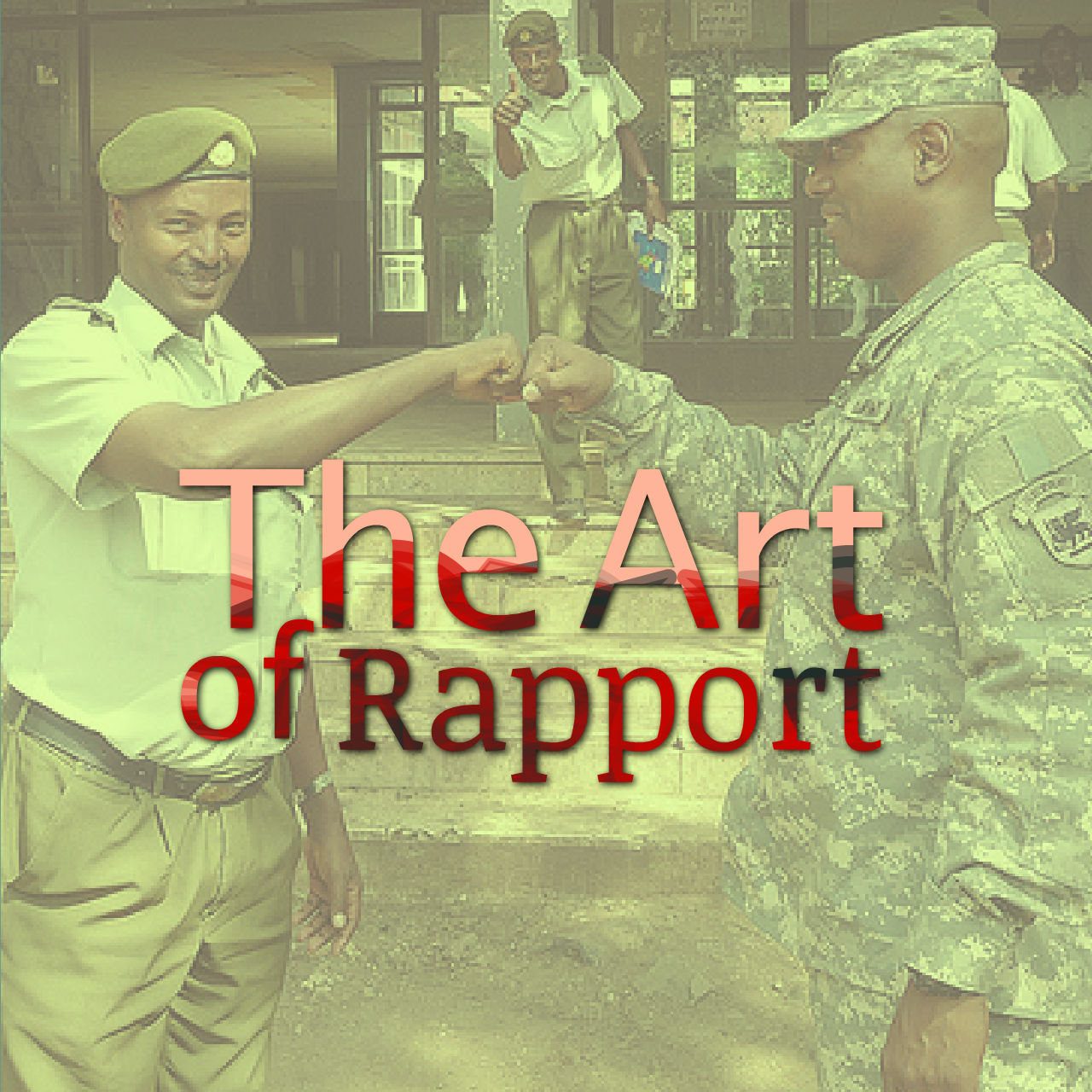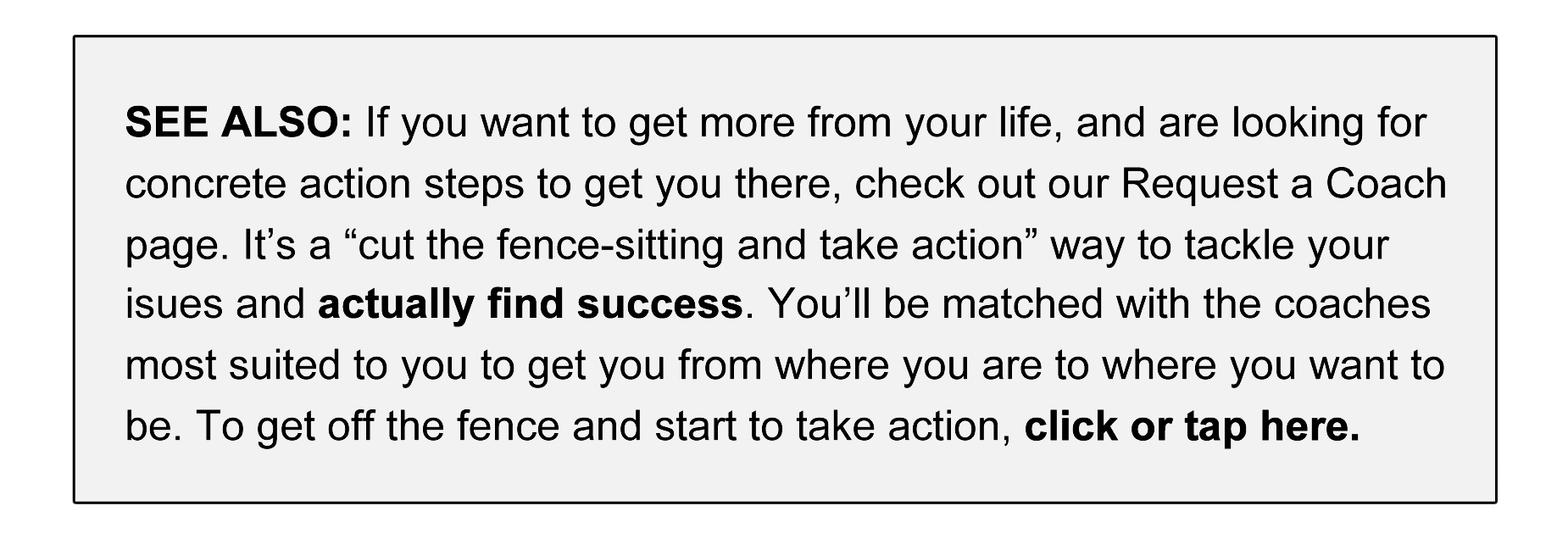
Genuine rapport between people is about more than mere gestures.
In my previous article I briefly introduced the five basic ‘planks’ of NLP, which together constitute a powerful arsenal for anyone serious about improving their mental wellbeing.
The easiest and most accessible of these NLP techniques involves improving the rapport we experience in our relationships with other people. It is frequently suggested that the inability to form harmonious relationships is a major cause of unhappiness, stress and anxiety. To us humans, being the social animals we are, this should come as no surprise. Even in this individualistic age, our health, material success and emotional wellbeing depend to a large extent on our ability to forge constructive relationships. This is one of the reasons why autism, which inhibits a person’s inbuilt social communication abilities, is such a debilitating condition.
BASIC METHODS OF RAPPORT BUILDING: MATCHING AND MIRRORING
Fortunately, it is a relatively easy matter to improve on your ability to build rapport with other people. Rapport building techniques can be mastered fairly quickly and will have far reaching effects in your life; whether at work, at home or with friends.
There are many very simple NLP techniques aimed at improving rapport. Most of these are conscious adaptations of the unconscious processes we go through when interacting with someone. These basic methods include:
- Mimicking a person’s breathing pattern.
- Subtly mirroring a person’s body language. (I must emphasise that subtlety is the crucial ingredient here. Obvious mirroring is immediately apparent and will often have the opposite effect to that which was intended. This is a mistake all too often made by inexperienced sales people.)
- Listen to a person’s speech and use similar words to them in your responses.
The key to these basic NLP techniques is paying full attention to the person you are interacting with. People commonly do not pay attention when talking to others – they are all the while day dreaming or merely thinking of what they want to say next. Making this common mistake means that you are likely to miss out on body language and spoken signals from the other person, making effective rapport more difficult.
BEYOND THE BASICS: TUNING INTO WHETHER SOMEONE IS VISUAL, AUDITORY OR KINAESTHETIC
Going beyond the fundamentals, it is also possible, with a bit of practice, to assess the person’s primary means of sensory perception. For instance, is the person mainly relying on their visual, auditory or kinaesthetic senses? Once you have figured it out, you can rapidly enhance your rapport with the person by using the same means of perception yourself.
This is easier than it sounds and starts with paying attention to the sort of words your conversation partner is using.
VISUAL PERCEPTION
You can gauge whether your partner is primarily using visual perception if they habitually employ phrases and words related to vision, light, colour and size. For instance:
“I see what you mean”
“The way I see it...”
“The answer was blindingly obvious”
“It was clear what she meant.”
“The dress was dazzling”
“He was a colourful character.”
“My vision is clear”
“Your future is bright”
Big
Dark
Orange
Square
Light
AUDITORY PERCEPTION
In a similar vein, if a person is primarily relying on their sense of hearing, it will be reflected in words and phrases associated with sound, hearing and noise. Listen out for examples such as these:
“I hear what you are saying”
“Her voice was loud”
“He scratched the surface”
“I’m listening to you”
“They were deaf to her advice.”
“That doesn’t sound good.”
“Actions speak louder than words.”
sound
beeping
ticking
tapping
noise
KINAESTHETIC PERCEPTION
If the person you are talking too uses abundant words or phrases relating to the sense of touch, you can be confident that they are relying on kinaesthetic perception. Take these words and phrases as examples:
“I feel that it’s the right thing to do”
“I have a bad feeling about this”
“She had a pleasant vibe”
“It is a really sticky situation.”
warm
cool
sandy
wet
touch
Although there is no absolute science of building rapport and approaches will vary from individual to individual, the methods outlined here are foundational techniques that can be applied to almost any scenario. With practice, they will encourage an attitude of attention to the person you are talking to which in itself encourage the building of rapport.
Furthermore, by sympathetically mirroring the person’s words, movements and perceptual bias you make it easier to express a genuine and instinctive empathy with the people you meet; thus laying the foundation for strong, enriching relationships.






























COMMENTS